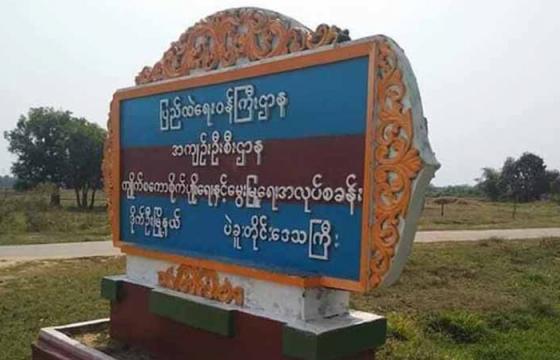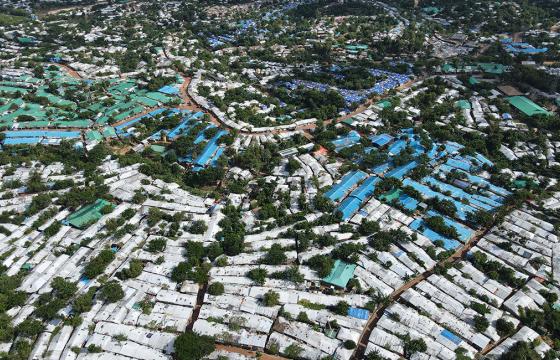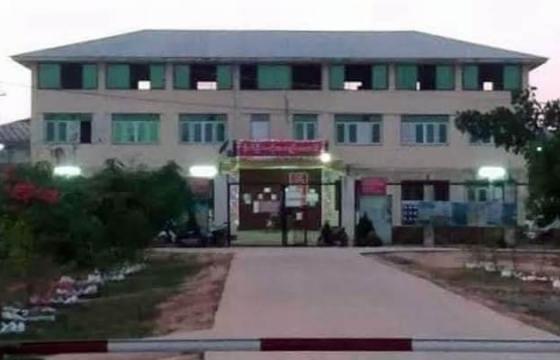According to eyewitness sources, Burma Army troops newly deployed to northern Maungdaw have during the past week been destroying evidence of mass graves of Rohingya villagers killed in the August 2017 “clearance operations.”Between September 10 and 14, about 2,000 Burma Army troops were transported by fishing boats up the Naf River to northern Maungdaw from Inn Din on the sea coast, where they had arrived on four navy ships.
The new troops have been stationed in Border Guard Police camps in Khamaungseik sub-township, the northernmost district of Maungdaw, where scores of Rohingya villages were destroyed and hundreds of Rohingya civilians killed in 2017.
Since September 21, local non-Rohingya villagers in Khamaungseik have reported seeing the newly arrived Burma Army troops searching through the ruins of former Rohingya villages and destroying evidence of mass killings.
During the past week, local villagers also described seeing six tanks arrive at the Border Guard Police camp at Ngayanchaung ( Easadefa para- some local called), south of Khamaungseik village, having crossed the Mayu mountains from Buthidaung. Ngayanchaung is about six kilometers from the Bangladesh border and it is under the Border Guard Police camp sector number 2.
On September 15, Bangladesh raised concerns with the UN Security Council about unusual mobilization of Myanmar military forces close to the Bangladesh border.
Under the provisional measures issued by the International Court of Justice in The Gambia’s case against Myanmar under the Genocide Convention, Myanmar must prevent destruction and ensure preservation of evidence related to allegations of genocide.
Since the arrival of the Burma Army troops in northern Maungdaw, local authorities have imposed a curfew throughout Maungdaw between 1 pm and 5 am each day, claiming it is to prevent the spread of Covid-19.
In southern Maungdaw, villagers have reported that about 800 Burma Army troops who arrived by navy ships at the coastal village of Alethankyaw in mid-September have walked east across the Mayu mountains to reinforce battalions fighting the Arakan Army in Buthidaung.







